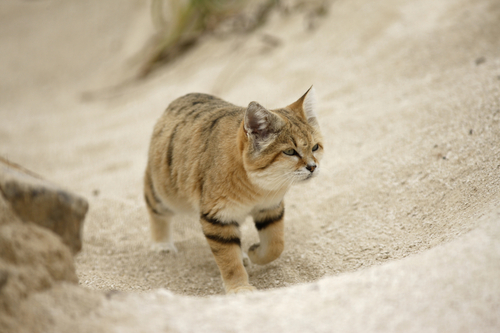
The elusive and captivating sand cat, a species that inhabits some of the planet’s most arid environments, has been thrust into the spotlight due to recent research revealing their remarkable and expansive home ranges.
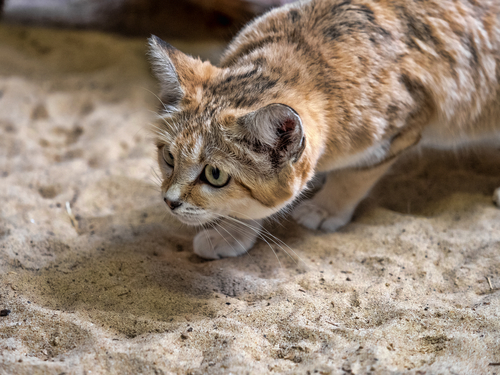
These small but formidable predators, known for their survival skills in the unforgiving desert climate, may face new risks as their territorial expanses challenge previous population estimates.
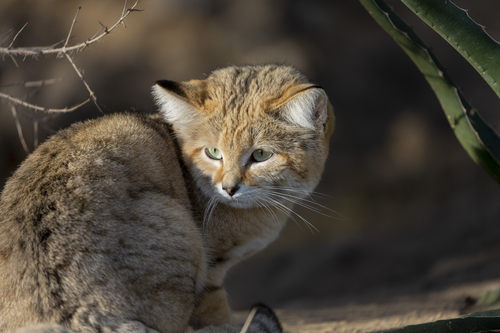
In a study spanning four years and published in the Journal of Arid Environments, scientists uncovered astonishing insights into the lifestyle of sand cats (Felis margarita) in the Moroccan desert.
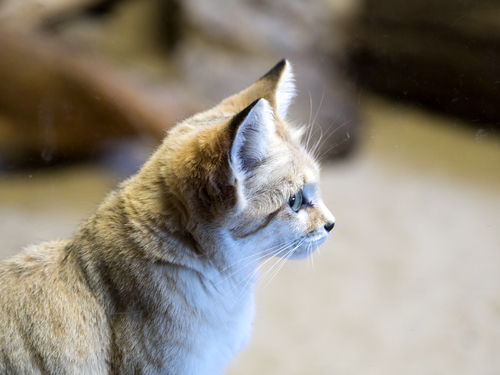
These cats, already famous for their survival without direct water intake—relying instead on the blood of their prey—were discovered to traverse areas much larger than anticipated. One individual covered a staggering 1,758 square kilometers (679 square miles), suggesting that these feline ranges rival those of much larger cats such as lions and tigers.
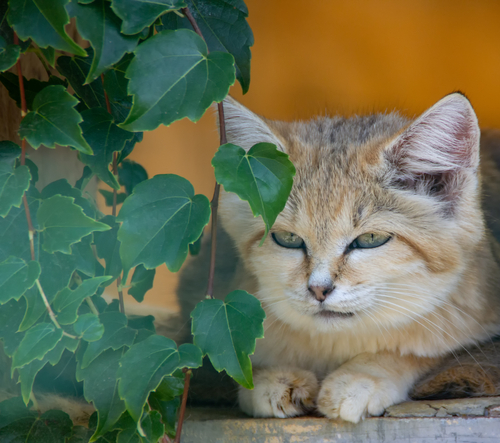
According to Dr. Grégory Breton, managing director of Panthera France, “Sand cats travel further during the night than any other cat their size.” This revelation is a testament to their nomadic nature, which may see them shifting homes based on environmental conditions such as rainfall.
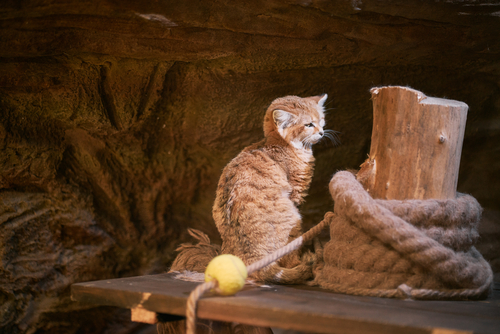
The implications of this research are profound for the sand cat’s conservation status, currently listed as “Least Concern” by the International Union for Conservation of Nature (IUCN).
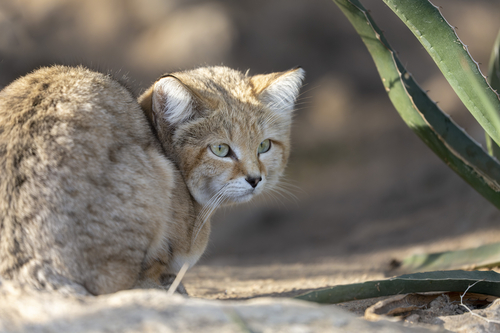
Larger ranges could indicate that the population is smaller than once thought, thus warranting a reassessment. These desert dwellers also face threats from climate change, diseases from domestic cats, and the illegal pet trade.
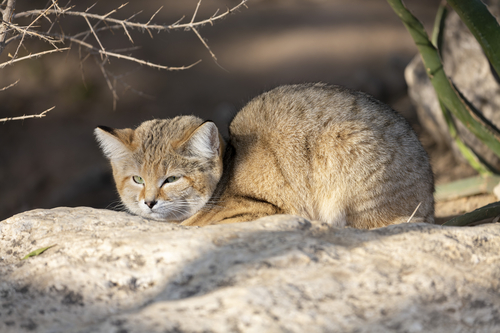
Urs Breitenmoser, co-chair of the IUCN SSC Cat Specialist Group, welcomes the new research on the “understudied cat species.” He thinks it will be helpful in the ongoing reassessment of the sand cat’s listing. However, he warns that the study only covers one area on the far western edge of the sand cat’s extensive range.
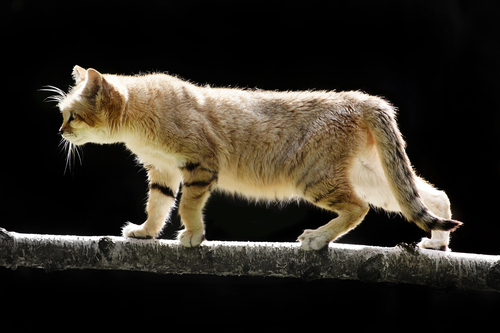
The sand cat’s ability to survive without freestanding water by extracting moisture from its prey, coupled with its unique paw structure covered in fur to shield against scorching sand, makes it a master of desert life.
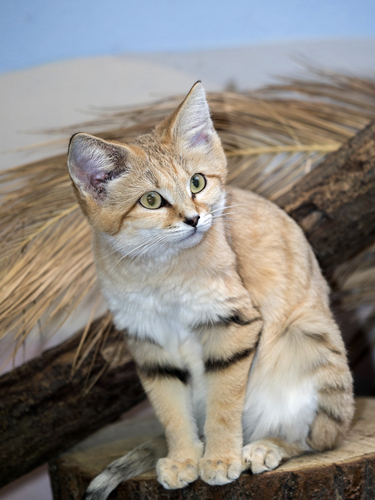
Despite their formidable adaptations, the sand cats’ tameness and lack of fear towards humans bring an added vulnerability. Habitat loss remains a critical threat, and their actual status in the wild is yet to be fully known.
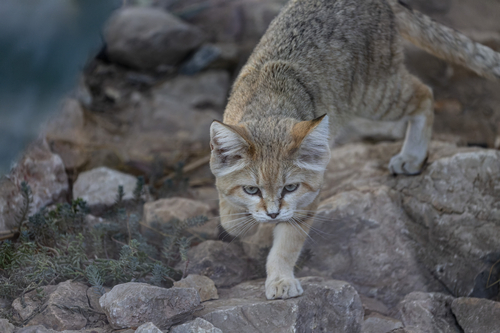
Sand cats pose a beguiling paradox: their capacity for ruthlessness as predators, evidenced by their diet of small mammals (including gerbils), reptiles, and birds , contrasts with their endearing appearance and vulnerability to wider environmental shifts.
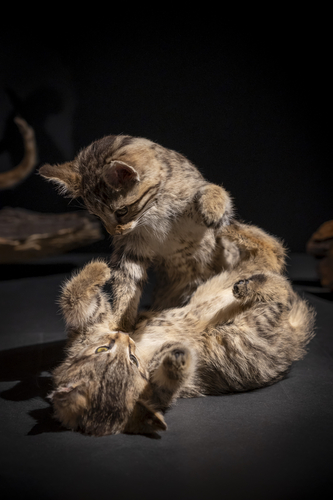
Sand cats, as carnivores, hunt small animals in the desert such as rodents, hares, birds, spiders, insects, and reptiles. They are also capable of consuming venomous snakes in their habitat.
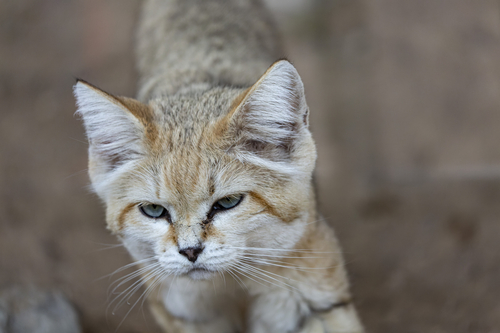
They are solitary and secretive, navigating vast and scarcely populated territories that make them difficult subjects for researchers aiming to conserve their kind.

Breton believes that additional research will be crucial in safeguarding the sand cats and he urges fellow scientists to conduct comparable studies throughout the species’ habitat.“We need to better understand their behavior, how they move and use the landscape, and to clearly identify the threats,” he says.
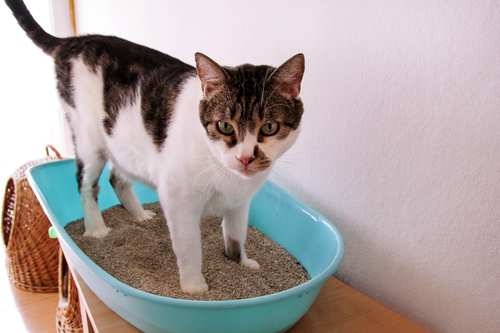
The more scientists learn about sand cat behavior, the more they’ll know about the desert, how animals survive there, and how the driest biome on Earth is changing.
Relevant articles:
– These adorable sand cats could be under threat, CNN, May 2, 2023
– Felidae Conservation Fund, felidaefund.org
– Can Sand Cats Survive Without Water? And Other Questions, Answered, National Zoo
– Shining a spotlight on the wide-roaming sand cat ‘king of the desert’, mongabay.com, Dec 11, 2023

